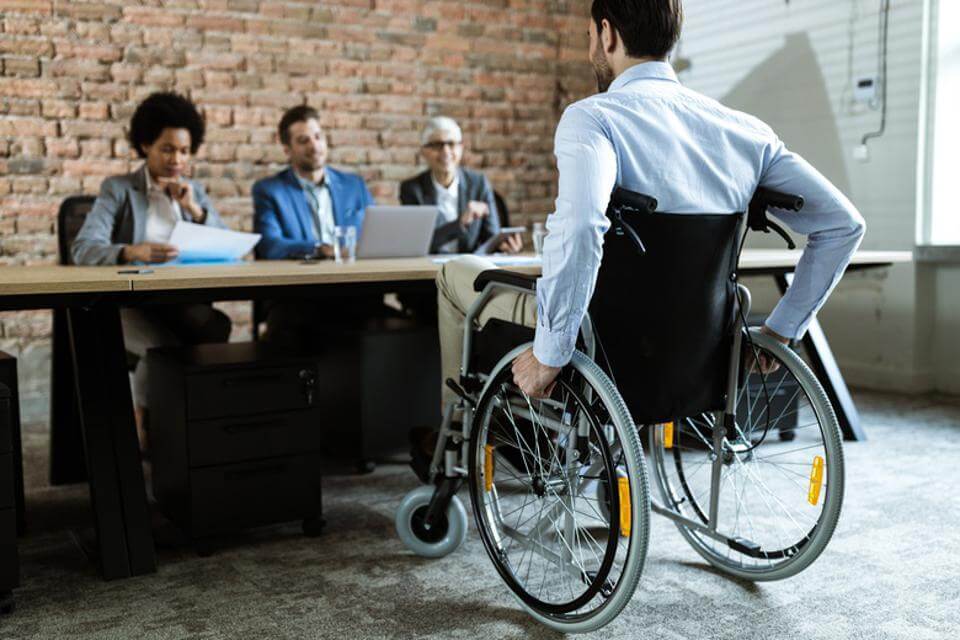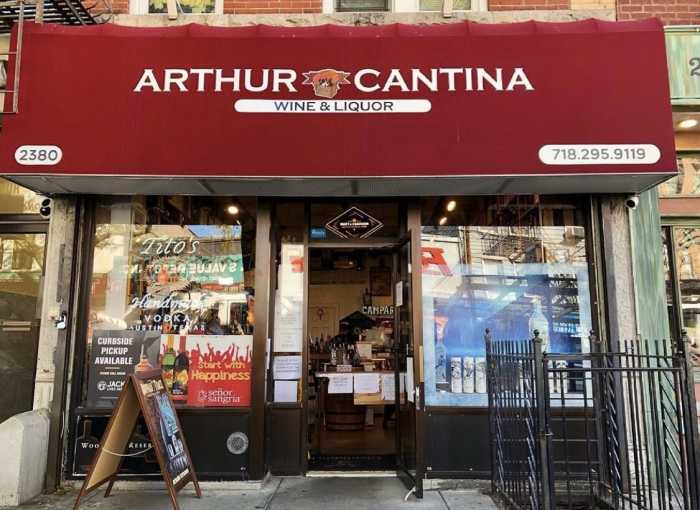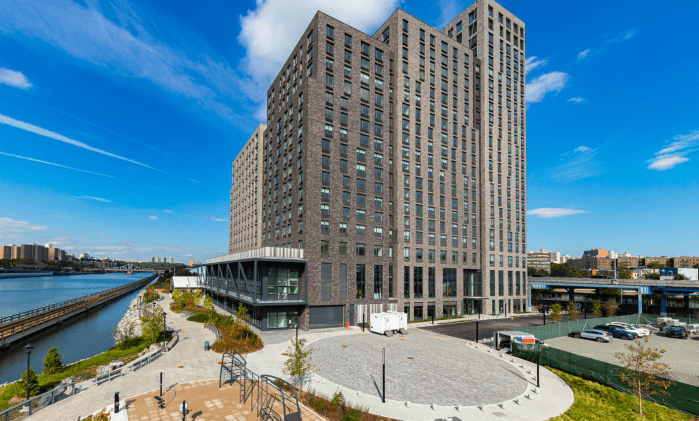Before the COVID-19 pandemic ravaged New York City’s labor market, Bronx workers with disabilities were experiencing some of the highest unemployment rates in the city, topping out around 18.4%. Two years later, unemployment continues to soar for New Yorkers with disabilities, as a new report released Friday by think tank Center for an Urban Future reveals that nearly 17% of working-age New Yorkers with a disability were unemployed in 2021 — up from 7.4% in 2019.
While boroughwide data for 2021 is not available, Center for Urban Future policy Director Eli Dworkin tells the Bronx Times that it’s “almost certain” that those unemployment figures have spiked over the past two years, reaching the highest levels in decades.
New York City’s economy is still convalescing from the pandemic, falling more than 400,000 jobs short of its pre-pandemic high, which is contributing to a persistently high unemployment rate of around 9%. In the Bronx, that rate is hovering around 10%, but for Bronxites with disabilities, employment challenges were apparent well before the pandemic disrupted the labor market in late March 2020.
“You’re assumed (as a person with disabilities) that you can’t do this, or that you can’t do that because of a chair, or a walker,” said Tracy Williams, a tech worker who requires the use of a wheelchair for her spina bifida, which severely affects the spine. “But really, I see it as a labor force that has discriminated and failed to cater to the needs of those with disabilities, who can do any job an able-bodied person can.”
Nearly 1 in 9 New Yorkers — roughly 931,000 people — has a self-reported disability. The Center for Urban Justice suggested that thousands of these New Yorkers would like to find work and build careers but barriers, both systemic or perceived, discourage or prevent them.
Job placement rates for clients of the state’s Adult Career and Continuing Education Services-Vocational Rehabilitation system (ACCES-VR), the largest provider of career services for people with disabilities. have fallen to a low of 27%. Further, city funding for programs serving New Yorkers with intellectual and developmental disabilities has plunged 82% over the past two decades — — from $70.7 million to $12.4 million — after adjusting for inflation, according to the report.
“I want to gain more job experience or job skills,” says Awan Farrell, a client of Bronx Independent Living Services, a community-based organization that provides education, training and counseling to New Yorkers with a range of disabilities. “The more work, the more job experience I get. But we need more people to help those who have disabilities. More supports, more help.”
In the Center for an Urban Future report, the study suggests that expanding access to education, job training and employment opportunities could add billions of dollars in new wages to the city’s labor market — and create a more inclusive labor market.
While new initiatives from the Mayor’s Office for People with Disabilities (MOPD) look to ensure a living wage for the city’s workforce, their annual budget of $820,000 pales in comparison to the per capita funding for similar agencies in Chicago, Los Angeles, Boston, Houston and Washington, D.C.
“New York has the opportunity to emerge from the current economic downturn as a beacon of accessibility, bringing thousands more New Yorkers into the workforce and strengthening pathways to economic self-sufficiency,” said Dvorkin. “City leaders can start by making much-needed investments designed to build accessibility into workforce development programs citywide, while scaling up the small but effective programs that are already delivering results.”
Some hope that the shift to remote, a staple for workforces during the height of pandemic lockdowns, could allow for more opportunities for out of work New Yorkers with disabilities.
“It’s a good time to re-evaluate the landscape,” says Brett Eisenberg, executive director of Bronx Independent Living Services. “And it’s a good opportunity to get people with disabilities in the door because we’ve all proven that work could be done remotely.”
Reach Robbie Sequeira at rsequeira@schnepsmedia.com or (718) 260-4599. For more coverage, follow us on Twitter, Facebook and Instagram @bronxtimes.

























